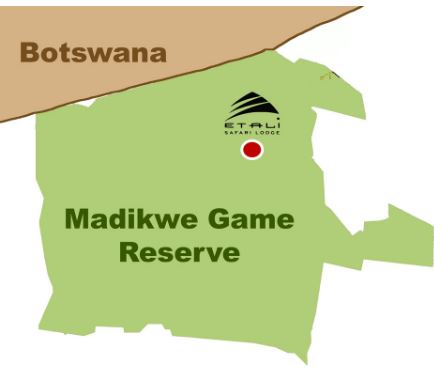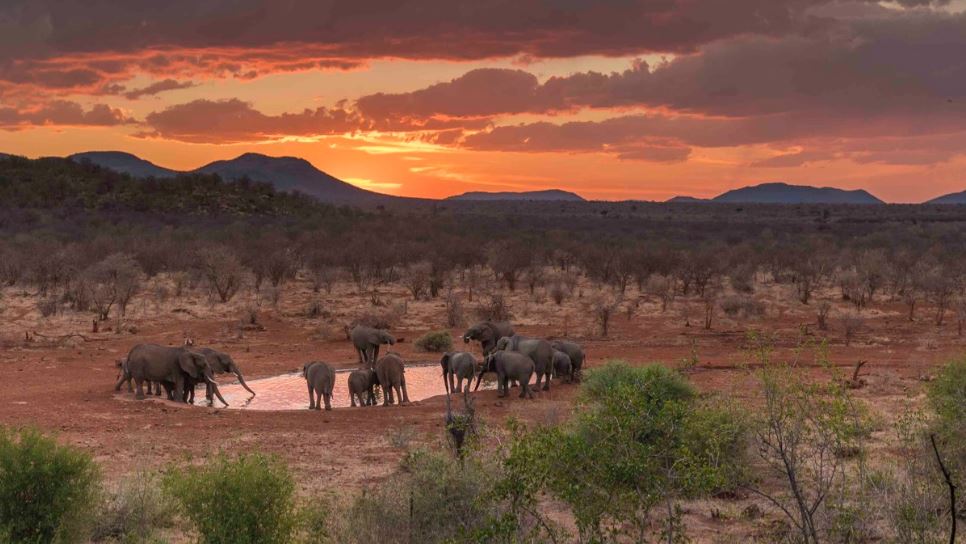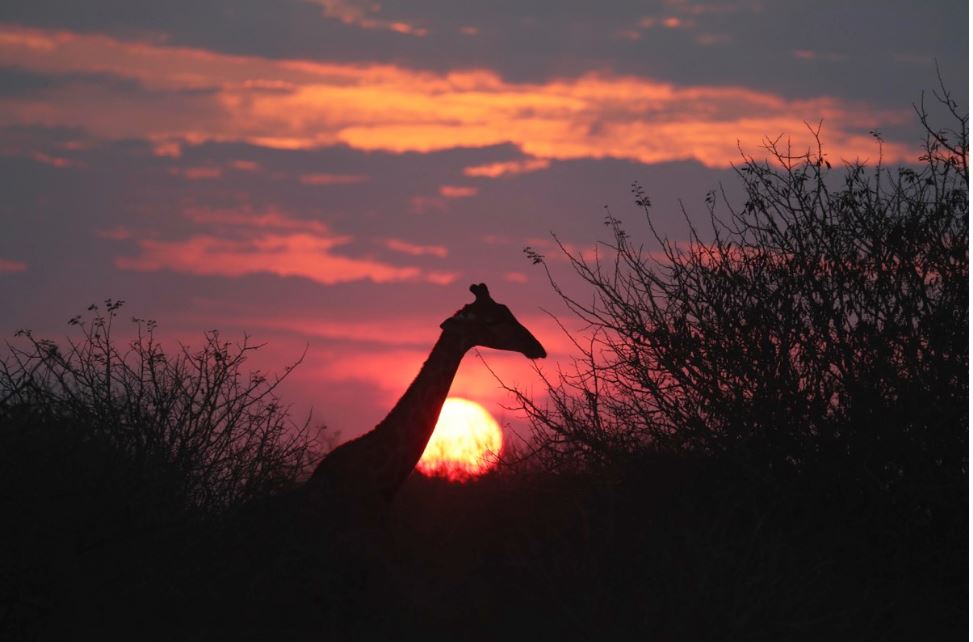|
|
Stretching over 75 000 hectares of African bush, the Madikwe Game Reserve contains a diverse environment offering the discerning nature lover a great abundance of life. |
Wildlife Safaris
Madikwe is in a semi-arid region straddling South Africa's Savannah and Dessert Biome Areas. The climate and altitude of the area do not support malaria-carrying Anopheles mosquitos.
Winter : May - September
Dry Season
Winters are dry and cool during nights and mornings and temperate during the days. The Etali Waterhole gets more busy as the dry season continues.
Summer : October - April
Wet Season
Summer months are warm with occasional thunderstorms, usually later in the afternoon. Lambing season takes place during December.
History of Madikwe
The Madikwe Game Reserve represents a bold and successful initiative in sustainable eco-tourism. The reserve was developed in the early 1990s when 68 000 hectares of cattle-grazing land on the South African side of the border with Botswana was earmarked for development as a Game Reserve. The formation of the park was realised through conservation partnership of the private sector, local communities and the North West Province Parks Board.
Operation Phoenix
The process of reintroducing wildlife to the area began in 1992 under the codename Operation Phoenix. Starting with entire breeding herds of elephant, buffalo, giraffe, zebra, various types of antelope and an undisclosed number of black and white rhino. Later additions included lions & spotted hyena along with rarer predators including African Painted Wolf and Cheetah. Several smaller predators, including leopards, brown hyena and black backed jackal had never been extirpated in the area and now flourished in the safety of the reserve. Currently the population of large mammals in the park exceeds 10000!





